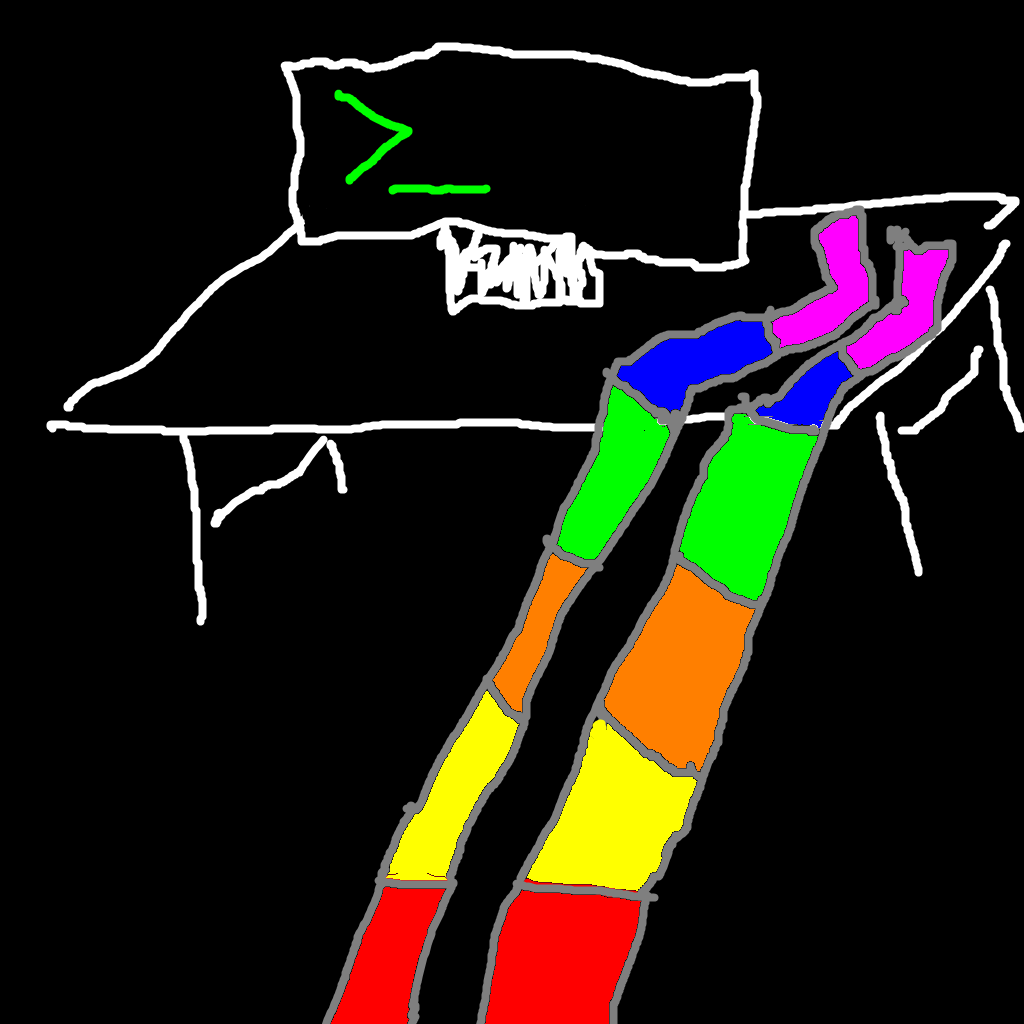

I really don’t see much benefit to running two clusters.
I’m also running single clusters with multiple ingress controllers both at home and at work.
If you are concerned with blast radius, you should probably first look into setting up Network Policies to ensure that pods can’t talk to things they shouldn’t.
There is of course still the risk of something escaping the container, but the risk is rather low in comparison. There are options out there for hardening the container runtime further.
You might also look into adding things that can monitor the cluster for intrusions or prevent them. Stuff like running CrowdSec on your ingresses, and using Falco to watch for various malicious behaviour.







It kinda depends a bit on the user’s background… For someone who is used to windows and how computers in general works, I would probably agree with you.
But for people who are more phone/tablet native, I don’t think something like Fedora Silverblue is actually that bad of a choice. It comes natively with Gnome 3, which isn’t too dissimilar to Android or iOS. Updates are installed in one fell swoop with a reboot, just like Android or iOS. Flatpaks behave much more like an App on Android or iOS, they are self contained, and don’t affect eachother.
I just set up my daughters (9 y/o) first school laptop, and picked Fedora Silverblue, and apart from learning about the save icon, and learning how to store files in a filesystem, she was pretty much instantaneously functional, having most of her prior computing experience on an Android phone.